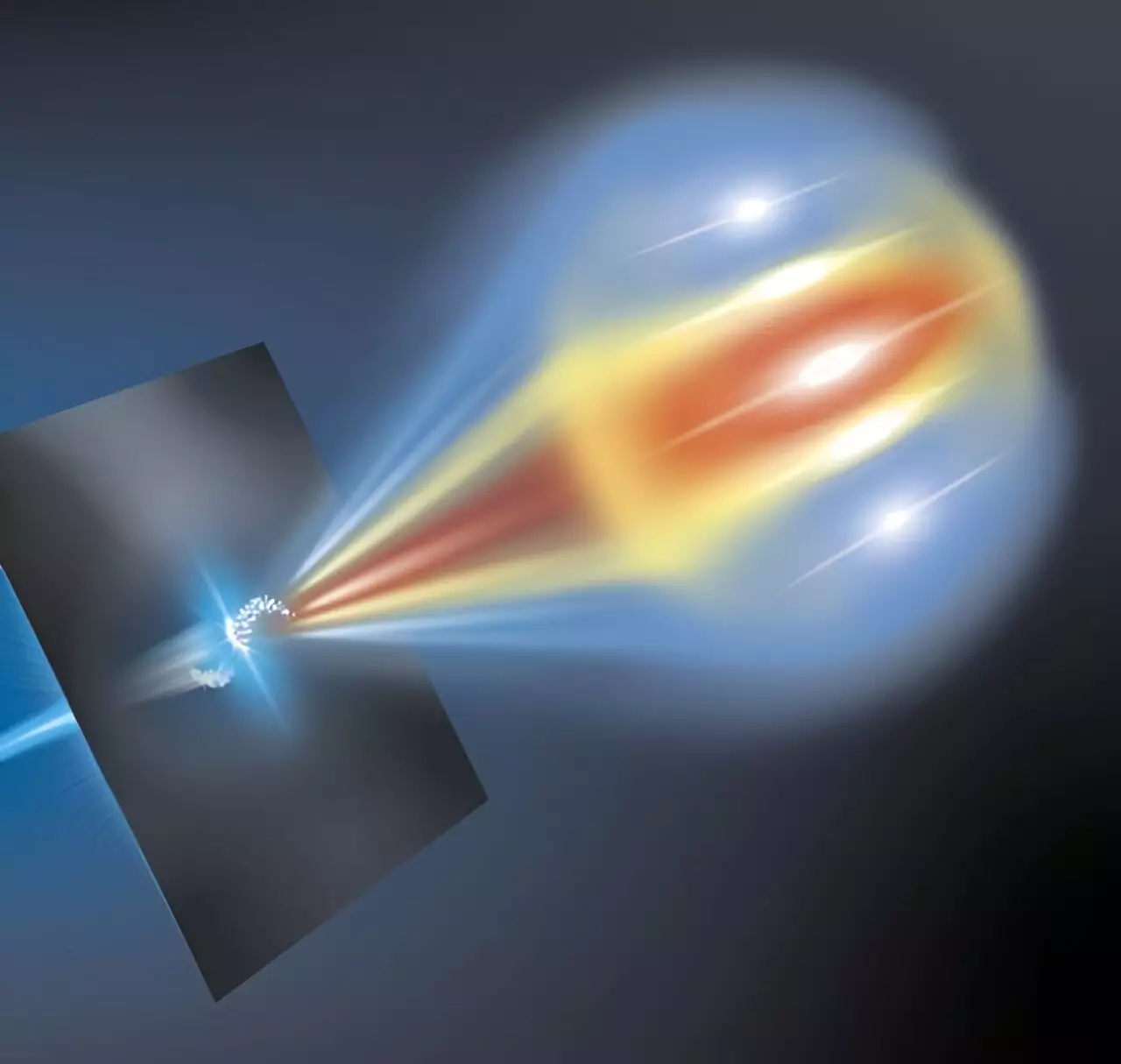Laser-plasma accelerators are changing the game when it comes to particle acceleration by offering a compact alternative to conventional facilities that can span kilometers in length. These compact accelerators have the potential to revolutionize the field by allowing for the development of X-ray lasers that can be housed in the basement of a university institute. One of the key benefits of laser-plasma accelerators is their ability to efficiently accelerate electron bunches, opening up a world of possibilities for researchers.
While the potential benefits of laser-plasma accelerators are immense, there are several challenges that need to be addressed. In order to produce UV or X-ray light, the electron bunches generated by these accelerators must be finely bundled and have well-defined properties. However, measuring these bunches accurately has been a significant hurdle in the development of laser-plasma acceleration technology. Researchers at Helmholtz-Zentrum Dresden-Rossendorf (HZDR) have developed a novel measuring method that aims to address this challenge and drive the advancement of laser-plasma acceleration.
In laser-plasma acceleration, a laser fires intense light pulses into a gas, ionizing it and creating a plasma consisting of electrons and ions. The laser pulse creates an electrically positively charged “bubble” behind it, which can be used to accelerate electron bunches. This process, which only requires a few centimeters of space, can rival the acceleration achieved by conventional setups that are much larger and use radio waves for particle acceleration. The potential applications of laser-plasma accelerators, such as free electron lasers (FELs), are vast and could significantly impact fields such as ultrafast chemistry research.
Several research groups have made strides in demonstrating the feasibility of FELs based on plasma accelerators. Teams in Shanghai, China, Frascati, Italy, and at HZDR have shown that an FEL based on laser-plasma acceleration is achievable. However, there are still many research questions that need to be addressed, such as improving the quality and stability of accelerated electron bunches and minimizing energy distribution within the bunches. Additionally, new diagnostic methods are needed to better understand the processes in a laser-plasma accelerator.
Dr. Maxwell LaBerge, a postdoc at HZDR, has developed a novel measuring procedure that allows for the detailed analysis of extremely short electron bunches. By shooting these bunches onto a thin metal foil and analyzing the resulting signal, researchers can reconstruct the characteristics of the electron bunches with high precision. This method, known as Coherent Optical Transition Radiation, has enabled researchers to explore different injection methods for electron bunches and gain better control over their form and structure.
The development of advanced measuring techniques and improved control over electron bunches in laser-plasma accelerators has far-reaching implications for the field of particle acceleration. By enhancing the quality and stability of electron bunches, researchers can unlock the full potential of FELs and produce brighter, more stable light for a wide range of applications. The ongoing research in this area holds promise for the future of laser-plasma accelerators and their impact on scientific discovery.


Leave a Reply